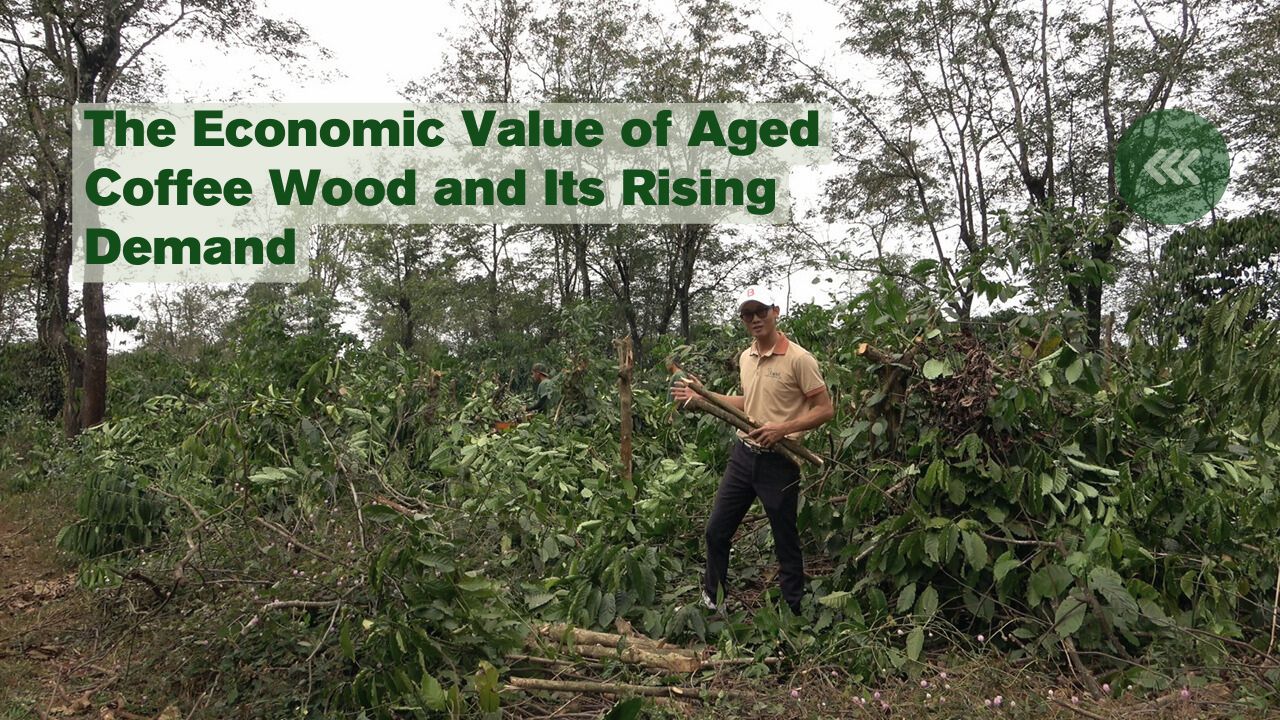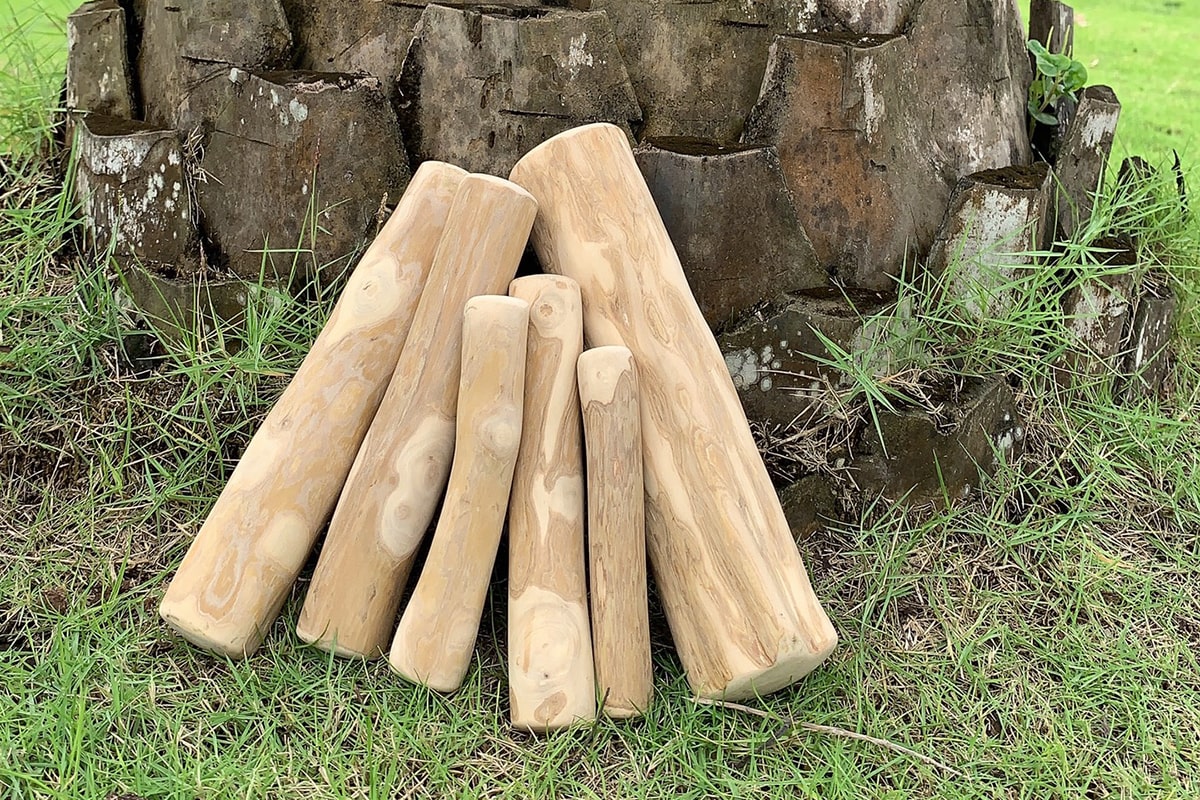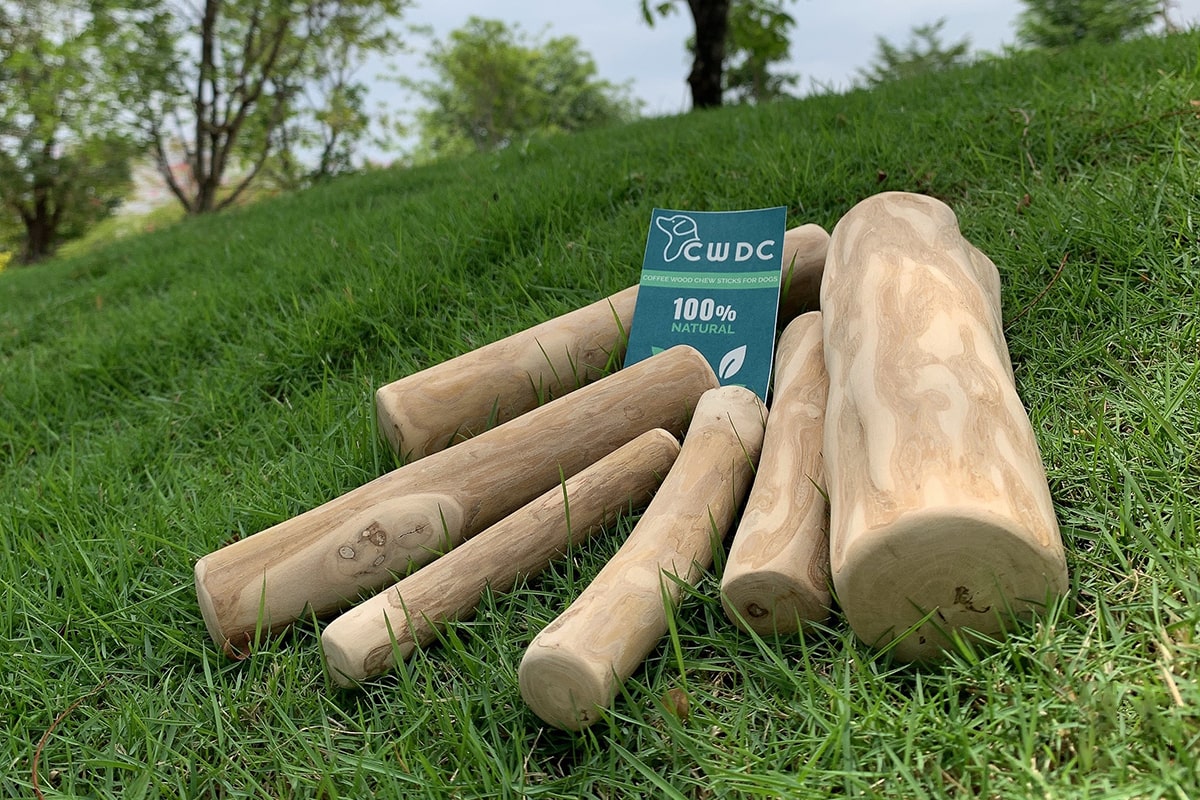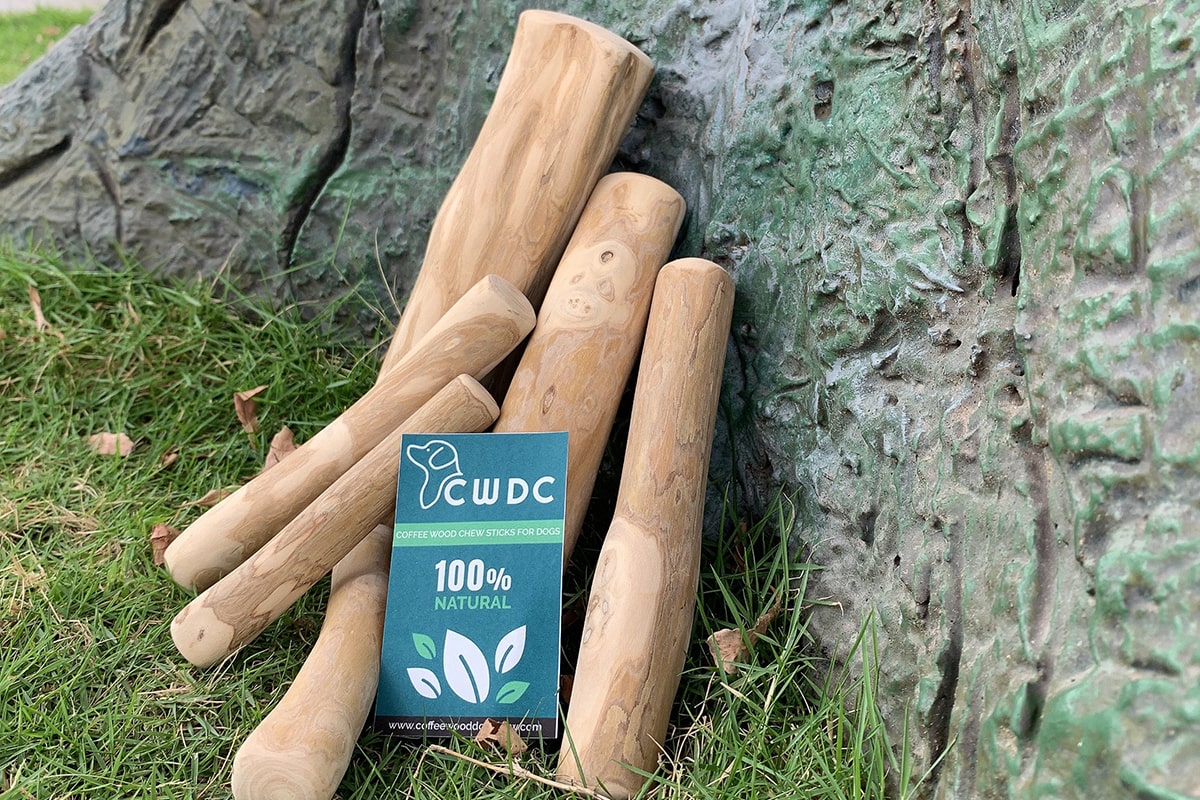Aged coffee wood, once considered agricultural waste, has rapidly gained economic value due to its increasing role in niche markets—especially in the production of coffee wood dog chews, an eco-friendly, durable, and natural chew toy for pets. For companies like CWDC Vietnam, this shift has transformed aged coffee wood into a valuable raw material with both local and global significance.
This article explores the factors contributing to the rising economic value of aged coffee wood, the market forces behind growing demand, and the implications for farmers, suppliers, and manufacturers across the supply chain.
1. What Makes Aged Coffee Wood Valuable?
Aged coffee wood, sourced from trees typically 20–25 years old, offers a unique combination of characteristics that make it highly desirable:
- Hard yet splinter-resistant: Ideal for dog chews, as it doesn’t break into sharp fragments.
- Dense fiber structure: Makes it long-lasting and durable, extending product shelf life.
- Natural, untreated material: Free from chemicals and additives, making it safe for pets and environmentally friendly.
- Mild aroma and minimal resin content: Adds appeal to pet owners concerned about safety and cleanliness.
These attributes translate into high consumer value, making aged coffee wood a premium material in the pet care industry.
2. The Rise of the Coffee Wood Dog Chew Industry
Over the past few years, the global demand for natural and sustainable pet products has grown dramatically, driven by:
- Increasing consumer awareness of eco-friendly alternatives.
- A rise in pet ownership and spending, especially in Europe and North America.
- Concerns over plastic waste and synthetic materials, prompting a shift to biodegradable and natural items.
- The popularity of coffee wood chews as a “functional toy”—supporting dental health and satisfying dogs’ chewing instincts.
As a result, coffee wood dog chews are no longer a niche product but a fast-growing segment in pet retail, boosting the economic value of the raw material behind them.
3. Market Forces Driving Up the Value of Coffee Wood
✅ Supply and Demand Imbalance
- Demand is rising due to international pet product markets, but the supply is fixed—tied to the coffee farming cycle.
- This imbalance creates upward pressure on prices, especially outside the harvesting season (post-March).
✅ Competitive Sourcing and Stockpiling
- As demand grows, more manufacturers and exporters compete for the limited available wood.
- Some traders stockpile during peak seasons, hoping to sell later at higher prices, which further amplifies scarcity and pricing volatility.
✅ Product Diversification and Market Expansion
- Beyond dog chews, aged coffee wood is also being explored for handicrafts, furniture components, and decorative uses, expanding its market potential.
- New entrants in the industry create additional demand, especially as brands seek exclusive or differentiated coffee wood products.
4. Benefits for Coffee Farmers and Rural Communities
The rising value of aged coffee wood provides new revenue opportunities for coffee farmers—particularly ethnic minority communities in the Central Highlands, who own and manage large areas of aged coffee farms.
✅ A Second Income Stream
Traditionally, aged trees were discarded after replanting. Now, farmers can monetize what used to be waste, turning tree removal into a profitable activity.
✅ Incentivizing Sustainable Farm Management
Knowing there is economic value in old trees, farmers are more likely to maintain healthy replanting cycles, which benefit both coffee production and wood supply.
Encourages the use of rotational harvesting, supporting long-term sustainability.
✅ Economic Development in Rural Areas
The increased demand creates jobs in harvesting, transportation, and pre-processing, especially in underdeveloped communities.
CWDC Vietnam often invest in local training and infrastructure, amplifying the positive economic impact.
5. The Role of CWDC Vietnam in Creating and Capturing Value
As a leader in the coffee wood dog chew industry, CWDC Vietnam plays a central role in transforming aged coffee wood into an economically valuable commodity. Key strategies include:
✅ Building Strong Farmer Partnerships
CWDC Vietnam establishes direct sourcing networks with coffee growers to ensure fair prices and consistent supply.
Long-term contracts help stabilize income for farmers and prevent monopolization by intermediaries.
✅ Adding Value Through Processing and Branding
By investing in quality control, shaping, drying, and packaging, CWDC Vietnam increases the market value of raw coffee wood.
Our reputation for safe, sustainable, and high-quality products allows for premium pricing in global markets.
✅ Exporting to International Markets
A large portion of CWDC Vietnam’s products are exported to markets with high willingness to pay for natural pet products—especially in Europe, the U.S., South Korea and Japan.
This global reach further elevates the economic value of the coffee wood.
6. Risks and Considerations in Managing Coffee Wood’s Rising Value
✅ Risk of Overexploitation
As value rises, there is a danger of premature harvesting or sourcing from non-aged trees, undermining sustainability.
CWDC Vietnam must work with suppliers to enforce ethical harvesting standards.
✅ Market Saturation and Competition
If too many companies enter the market, price competition may erode profits. CWDC Vietnam must continue to differentiate itself through quality and sustainability.
✅ Dependency on Cyclical Supply
Over-reliance on a resource tied to farming cycles means CWDC Vietnam needs strong inventory and procurement planning to avoid shortages.
7. Future Outlook: Sustaining and Growing the Value Chain
As consumer demand for sustainable pet products grows, the economic value of aged coffee wood is expected to rise further. CWDC Vietnam and the industry as a whole will benefit by:
- Investing in farmer education and resource planning, ensuring a steady and ethical supply.
- Innovating new product lines using coffee wood to broaden market appeal.
- Building traceability and certification systems, helping to command higher prices in premium markets.
- Diversifying sourcing regions while staying rooted in Central Highlands partnerships to maintain strong local impact.
Conclusion
The economic value of aged coffee wood has risen significantly due to global demand for sustainable pet products, especially dog chews. What was once agricultural waste is now a sought-after raw material generating real income for farmers, business growth for CWDC Vietnam, and economic opportunity for rural communities.
With responsible management, innovation, and strong farmer relationships, CWDC Vietnam is well-positioned to lead this growing market while preserving the long-term viability of the resource.
Related Posts:
- How CWDC Vietnam Navigates Supply Chain Challenges in the Coffee Wood Sector
- Coffee Wood from Vietnam: The Ideal Material for Dog Chews
- Coffee Wood Dog Chew - History and Development
- Are coffee wood chews safe for dogs ? A Comprehensive Look
- Origin and Development of Coffee Wood Dog Chews in the Market
- The Sustainability of Coffee Wood Harvesting and Its Long-Term Impact









